South Africa’s annual inflation rate continued its downward trajectory, reaching a two-year low of 4.8% in July 2023, down from 5.4% in the previous month, as reported by the country’s statistics office. This inflation figure came in below market predictions of 5%, bringing it further within the central bank’s target range of 3% to 6%.
The decline in inflation was influenced by a notable decrease in transportation prices, which dropped by 2.6% compared to a 1.8% decrease in June. Additionally, the growth in food and non-alcoholic beverage prices moderated to 9.9%, down from the previous month’s 11%.
Core inflation, which excludes the prices of food, non-alcoholic beverages, fuel, and energy, also saw a decrease, hitting a 10-month low of 4.7% in July 2023, down from 5% in the prior month. This figure was lower than market expectations of 4.9%.
Looking at a monthly basis, consumer prices rose by 0.9% in July, marking the highest increase in four months. However, this was slightly below market estimates of a 1.1% rise.
In the wake of this data, the South African rand gained momentum in early trade, trading at 18.7450 against the U.S. dollar, reflecting a 0.3% strengthening from its previous close. Meanwhile, the U.S. dollar showed a slight weakness against a basket of global currencies, down by approximately 0.1%.
The positive movement of the rand was fueled by improved risk sentiment in global markets, driven by the decrease in U.S. Treasury yields, which supported a 1% gain for the rand on the previous day.
South Africa is currently hosting the BRICS summit of emerging economies, where leaders from Brazil, India, China, and South Africa are gathered in Johannesburg. During the summit, discussions about the bloc’s expansion are expected to take center stage.

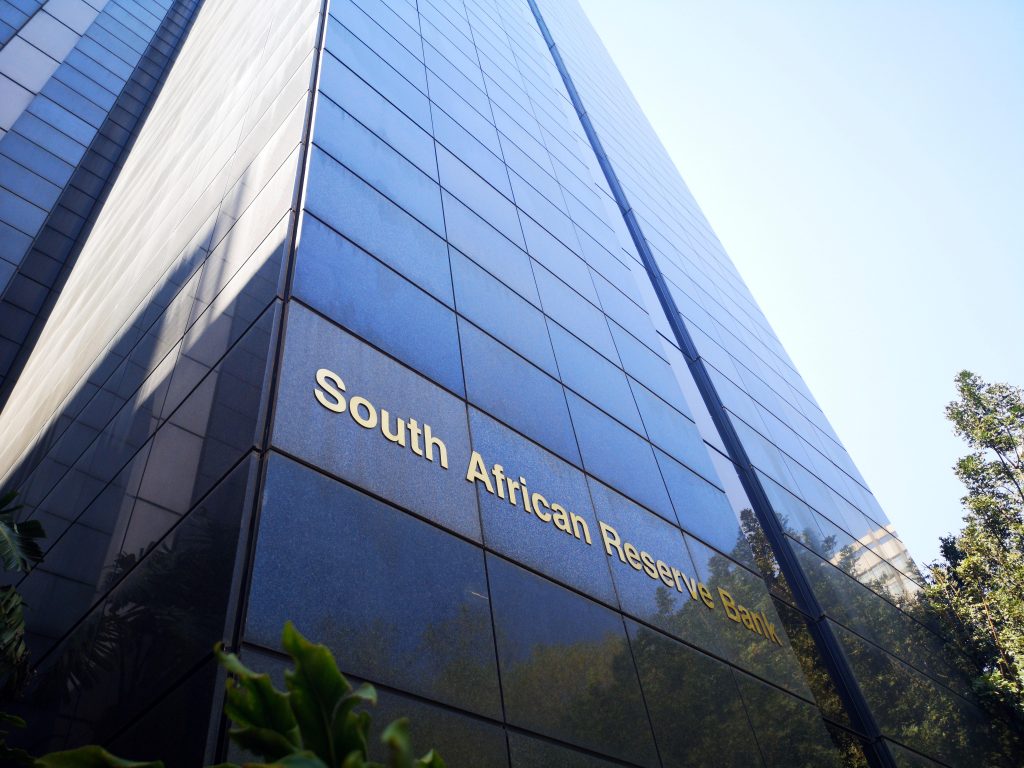
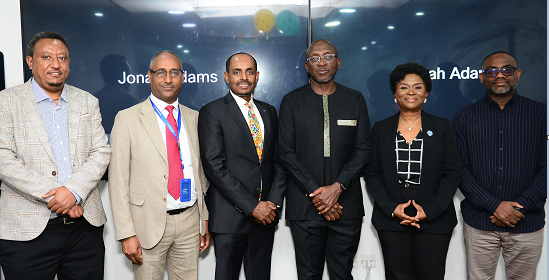
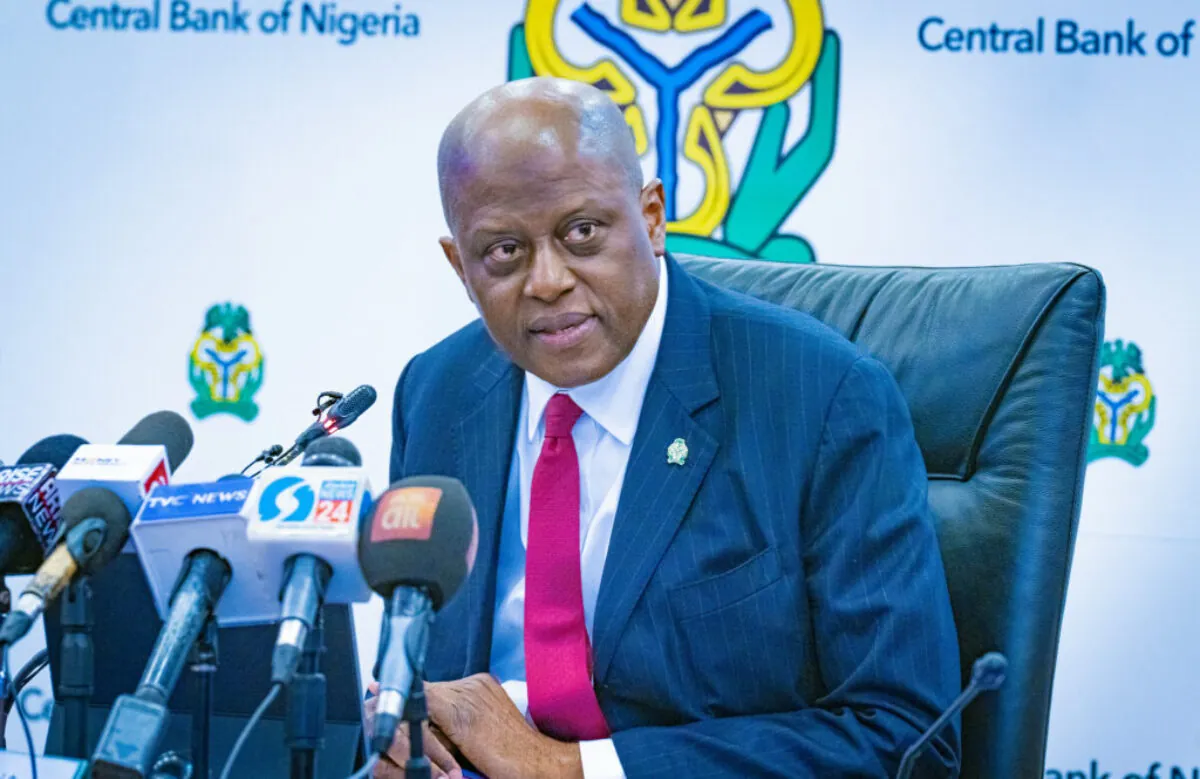


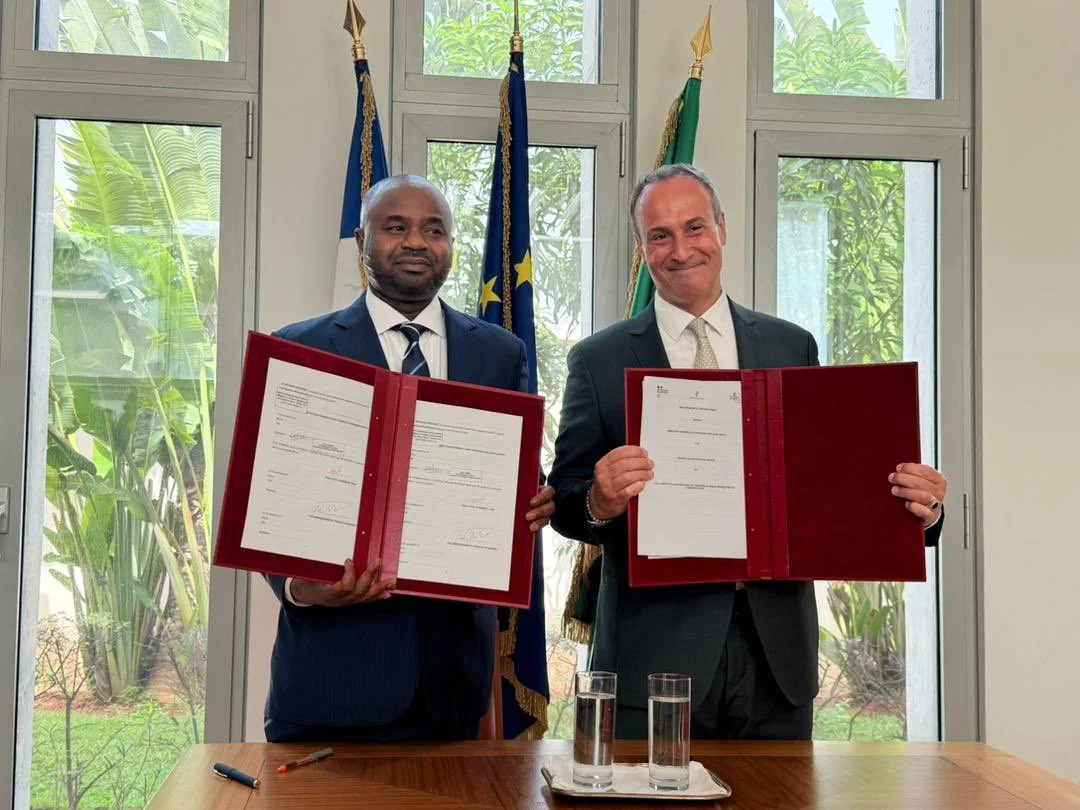
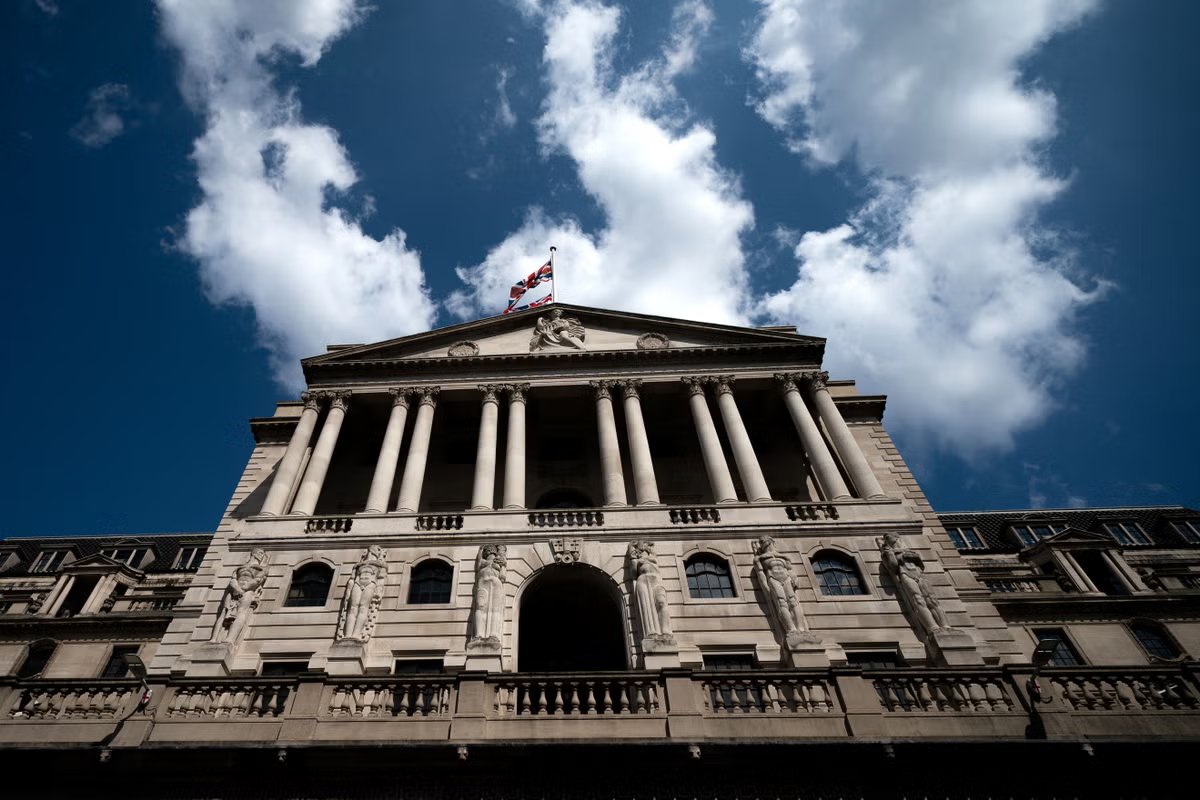

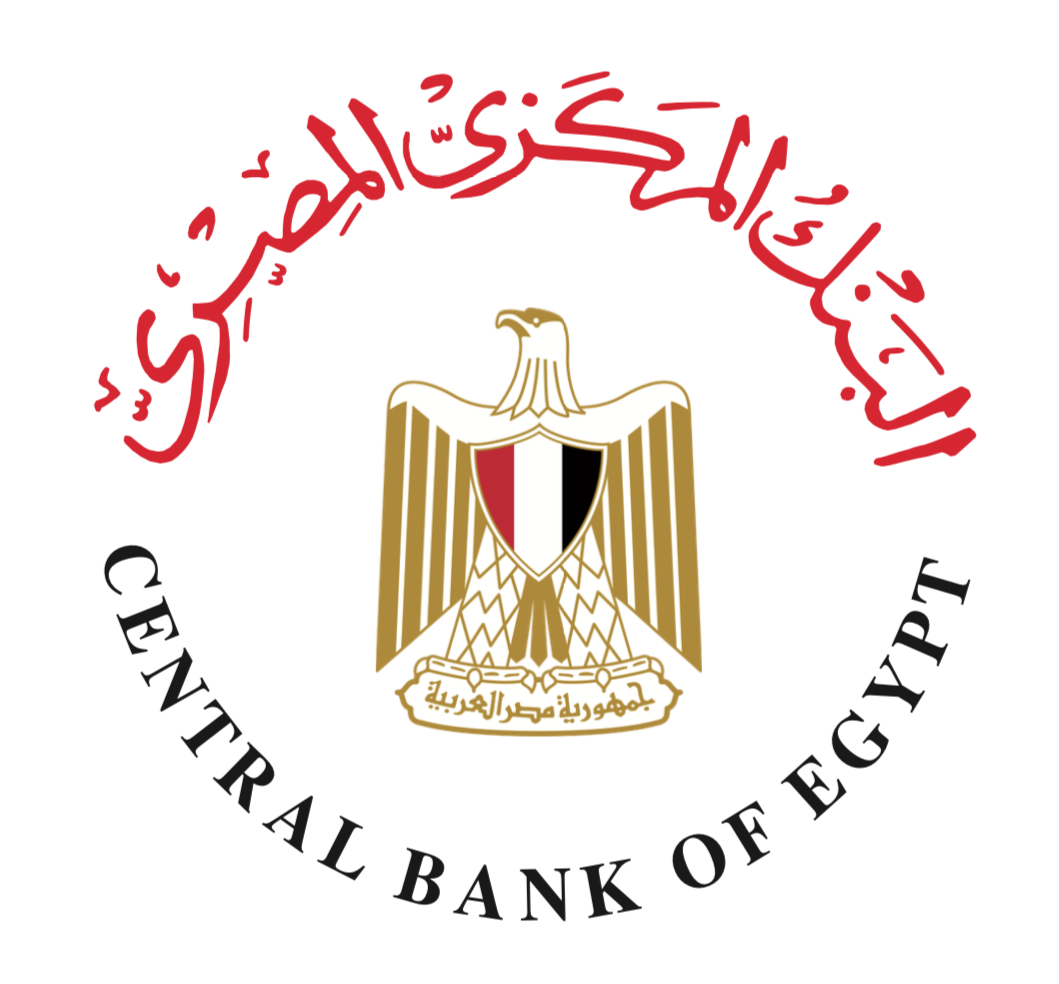
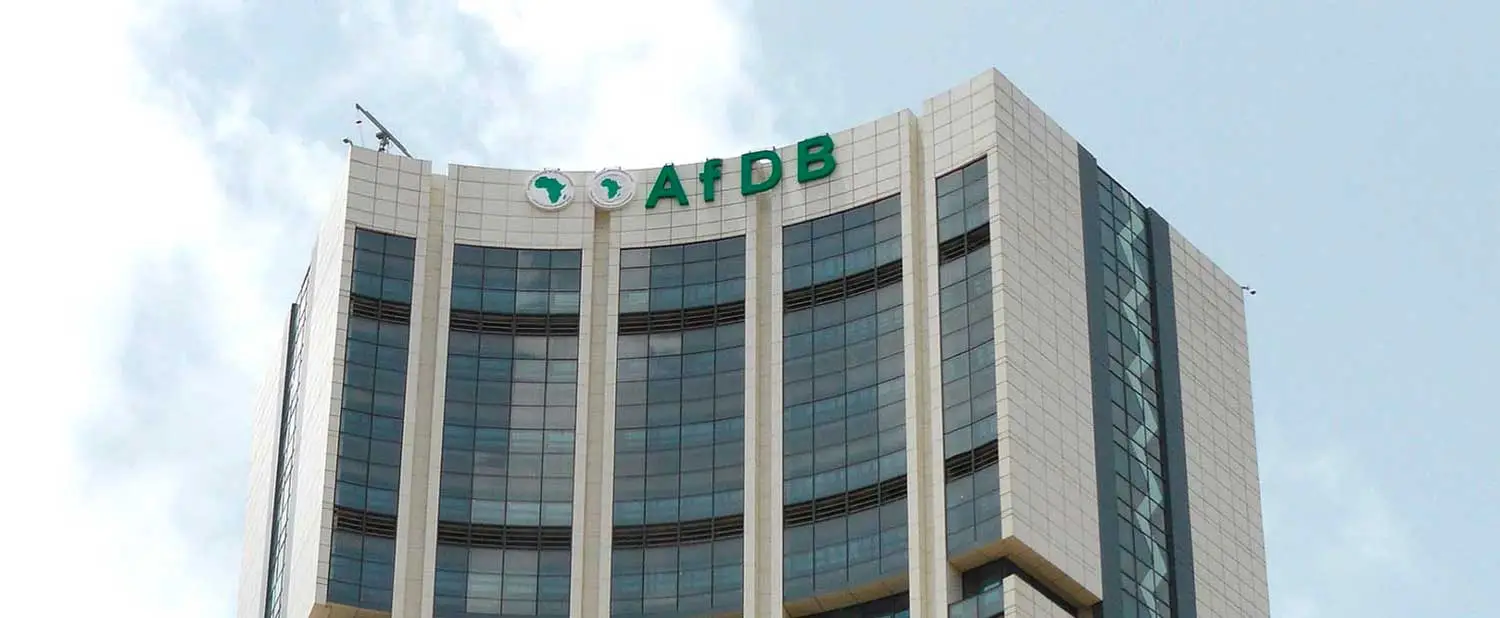
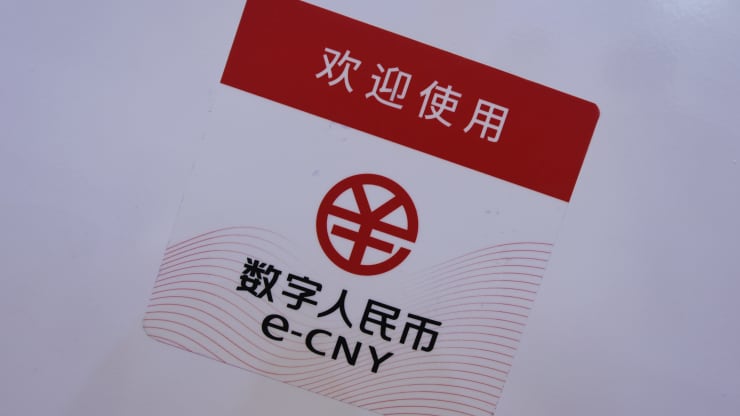
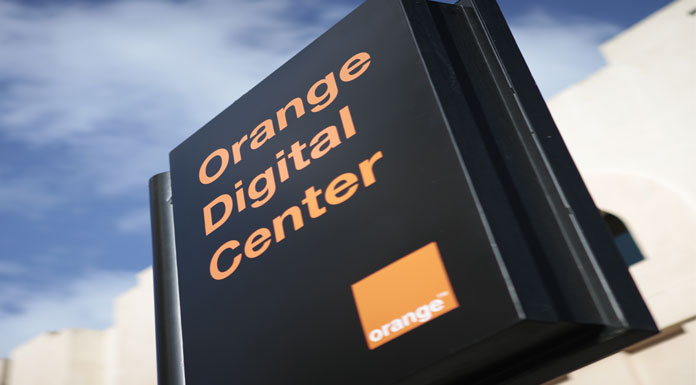
Comments